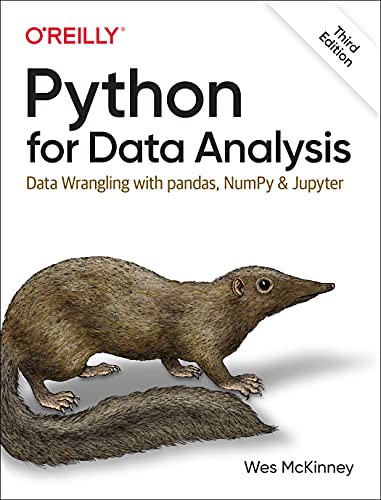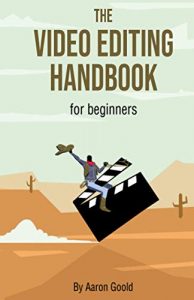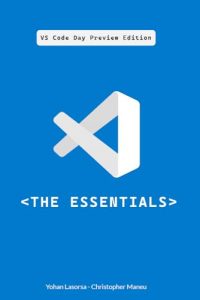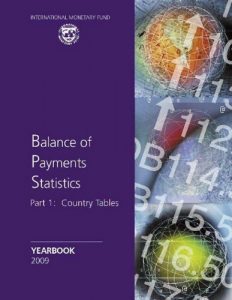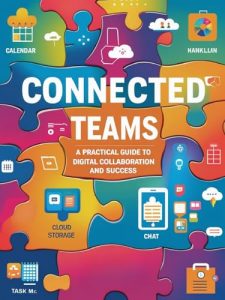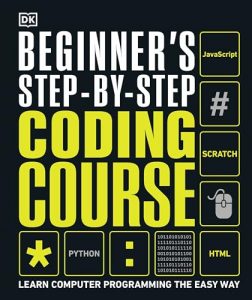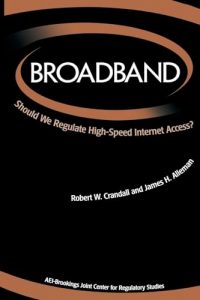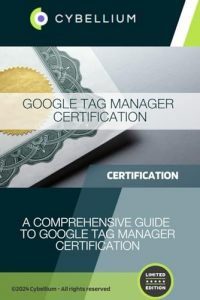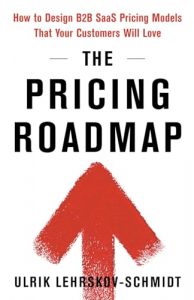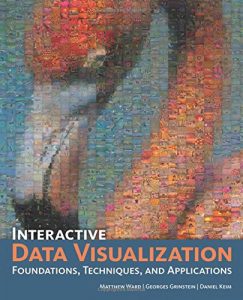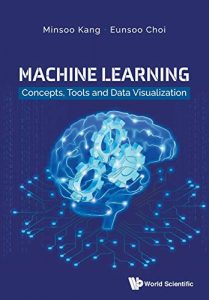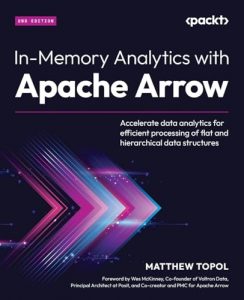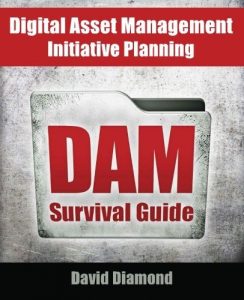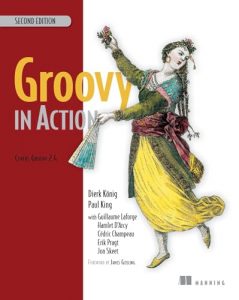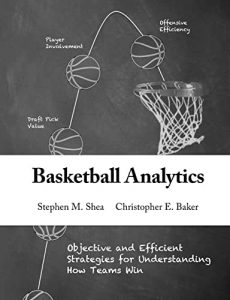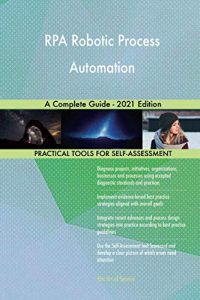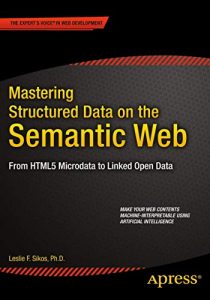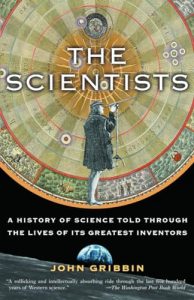1. Python for Data Analysis: Data Wrangling with pandas, NumPy, and Jupyter
Authored by Wes McKinney, this book is essential for anyone looking to dive deep into data science using Python. McKinney, the creator of pandas, guides readers through the intricate processes of data manipulation and analysis. With a focus on practical applications, this book showcases the power of libraries like pandas and NumPy, making it accessible for both beginners and experienced users. Data wrangling, which is crucial for cleaning and preparing data for analysis, is covered comprehensively. By reading this book, you will cultivate a solid foundation in data analysis that can be applied to real-world problems.
2. Python Tools for Scientists: An Introduction to Using Anaconda, JupyterLab, and Python’s Scientific Libraries
In this insightful book by Lee Vaughan, readers are introduced to the powerful ecosystem of Python for scientific computing. The text explores Anaconda, JupyterLab, and key scientific libraries, providing a well-rounded toolkit for aspiring scientists. What sets this book apart is its hands-on approach, emphasizing practical applications through engaging examples and projects. Whether you’re a student or a professional, this book equips you with the knowledge to harness the full potential of Python and elevate your scientific research.
3. JupyterLab 101: Your Guide to the Latest Jupyter NoteBook Interface
Michael Driscoll’s “JupyterLab 101” is the go-to guide for understanding the latest advancements in the Jupyter ecosystem. With an increase in data-driven projects, mastering JupyterLab is paramount. This guide walks you through its features, enabling you to leverage Jupyter for interactive computing and visualizations effectively. The book is particularly engaging due to its clear explanations and step-by-step tutorials, making it an excellent resource for developers, researchers, and data analysts alike. It not only covers the basics but also helps readers discover advanced functionalities that streamline workflows.
4. Jupyter Notebook 101
Driscoll’s earlier work, “Jupyter Notebook 101,” focuses on the robust features of Jupyter Notebooks, the cornerstone of interactive coding. Perfect for beginners, this book breaks down the components and functionalities of Jupyter, facilitating a seamless learning experience. With a friendly tone and practical exercises, it ensures that readers not only understand the concepts but also apply them confidently. Emphasizing quick learning, this title is ideal for those looking to jumpstart their journey into data analysis and machine learning with Python.
5. Practical Data Analysis Using Jupyter Notebook
Marc Wintjen’s book serves as a practical manual for utilizing Jupyter Notebooks effectively to analyze data. It focuses on using Python to extract actionable insights, and its layout encourages iterative learning. Covering various methods of data extraction, cleaning, and analysis, it provides both theoretical insights and practical applications. This dual approach makes it an indispensable resource for anyone looking to make data-driven decisions or enhance their analytical capabilities.
6. Learning Jupyter 5, Second Edition
Dan Toomey’s updated edition of “Learning Jupyter” provides comprehensive insights into Jupyter’s capabilities while introducing new features and enhancements. It’s a treasure trove of knowledge for users ready to deepen their understanding. The book lays a strong emphasis on practical skills, empowering readers to express their data visually. Readers will appreciate the author’s engaging writing style, which simplifies complex concepts, making it suitable for both novices and seasoned data enthusiasts.
7. Riemann Problems and Jupyter Solutions
This advanced text by David I. Ketcheson and team tackles intricate mathematical problems using Jupyter. It beautifully marries theory with advanced computational techniques, making it invaluable for researchers in applied mathematics. The book’s insightful examples and breadth of content challenge readers to think critically while providing them with informed solutions. This makes it a great resource for mathematicians and scientists eager to explore the nuances of complex operational problems.
8. jupyter notebook python
Mary BEL8’s “jupyter notebook python” offers a succinct introduction to the Jupyter Notebook environment. This book is a great starting point for those intimidated by coding; it teaches you the basics in a concise manner. With a focus on practical applications within the Jupyter Notebook interface, this book is excellent for beginners looking to familiarize themselves with Python while building competencies in data visualization and machine learning.
9. Applied Data Science with Python and Jupyter
In “Applied Data Science with Python and Jupyter,” Alex Galea empowers readers by illustrating how to extract actionable insights from their data. With a blend of theory and practical exercises, this book bridges the gap between learning and application in a real-world setting. Highlighting industry-standard tools, Galea’s book is essential for aspiring data scientists looking to make data-informed decisions that create tangible outcomes.
10. Learning Jupyter
Toomey’s “Learning Jupyter” is an excellent introductory resource for those just starting their journey into data science with Jupyter. By breaking down the functionalities and applications of Jupyter in a clear and structured manner, this book helps demystify the learning process. The author provides hands-on exercises designed to reinforce learning, ensuring readers gain practical experience along with theoretical knowledge.

